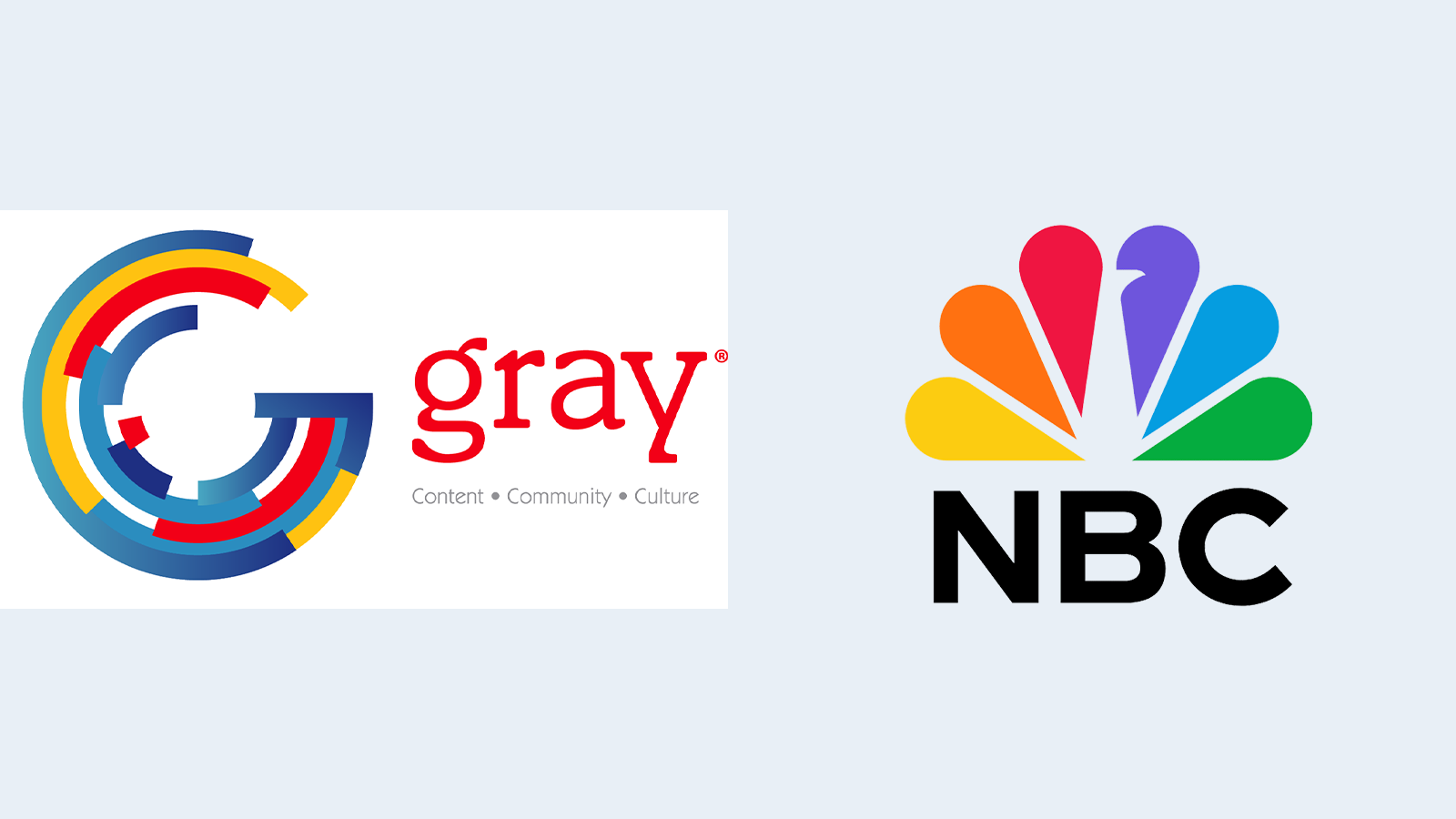South Florida PBS keeps assets close with SeaChange MediaLibrary
WPBT2, South Florida Public Television, has deployed a SeaChange (www.schange.com) Universal MediaLibrary (UML) for near-line storage. The UML, with over 100TB of usable storage, is integrated with an existing SeaChange Broadcast MediaLibrary (BML) play-to-air server to optimize content storage within the WPBT2 network. Content flows back and forth between the UML and the BML based on commands from an integrated Myers Information Systems ProTrack MAM system and Snell automation system.
The SeaChange UML is an enterprise-class grid storage server infrastructure. Each of the grid's "bricks" features up to 144TB of raw storage and 17Gb/s data throughput. Both storage and performance are linearly scalable when bricks are added to the grid architecture. Managed by the SeaChange Grid File System (GFS), the UML features adaptive file layout and cache management, delivering optimum performance for both small metadata files and large raw files, allowing media assets to be efficiently stored and retrieved in a cloud system.
The Universal MediaLibrary is protected by RAID 6 with optional file-level mirroring and replication. The UML also enables direct video ingest and playout via iSCSI-attached SeaChange MediaClient codecs. With the UML Grid that supports hybrid NAS and SAN connections, broadcast producers can access iSCSI, CIFS, NFS and FTP files without reconfiguration or NAS gateways.
For play-to-air, WPBT2 recently upgraded its BML system with new IP-attached SeaChange HD MediaClient 6100 (MCL) series codecs. This modular, high-performance codec appliance offers multiresolution and multiformat operation providing HD encoding as well as SD/HD simulcast playout — ideal for stations switching from SD to HD. It integrates seamlessly with the SeaChange Media Architecture based on open standards and with the UML storage via a 10GigE IP backbone.
The professional video industry's #1 source for news, trends and product and tech information. Sign up below.
